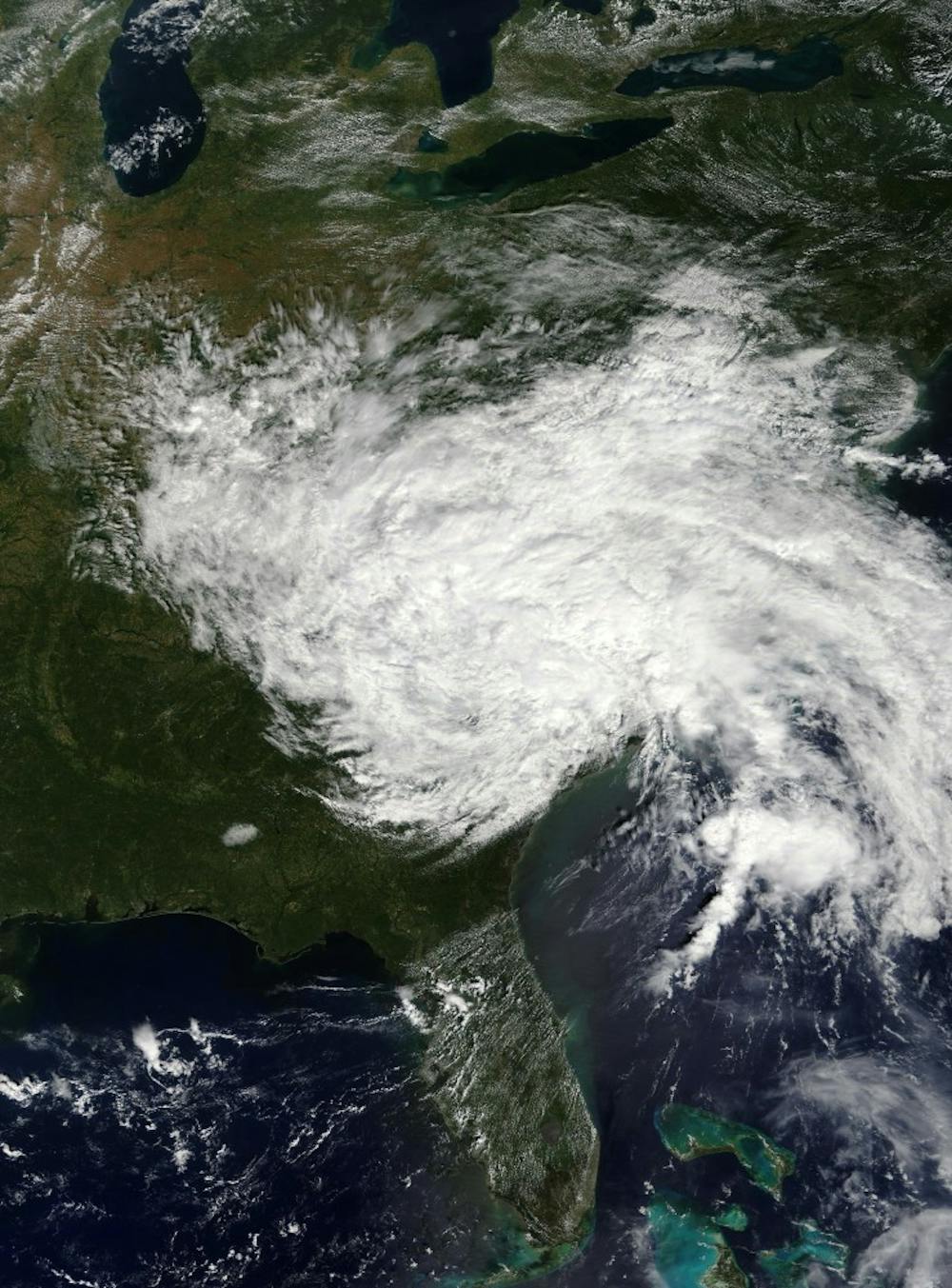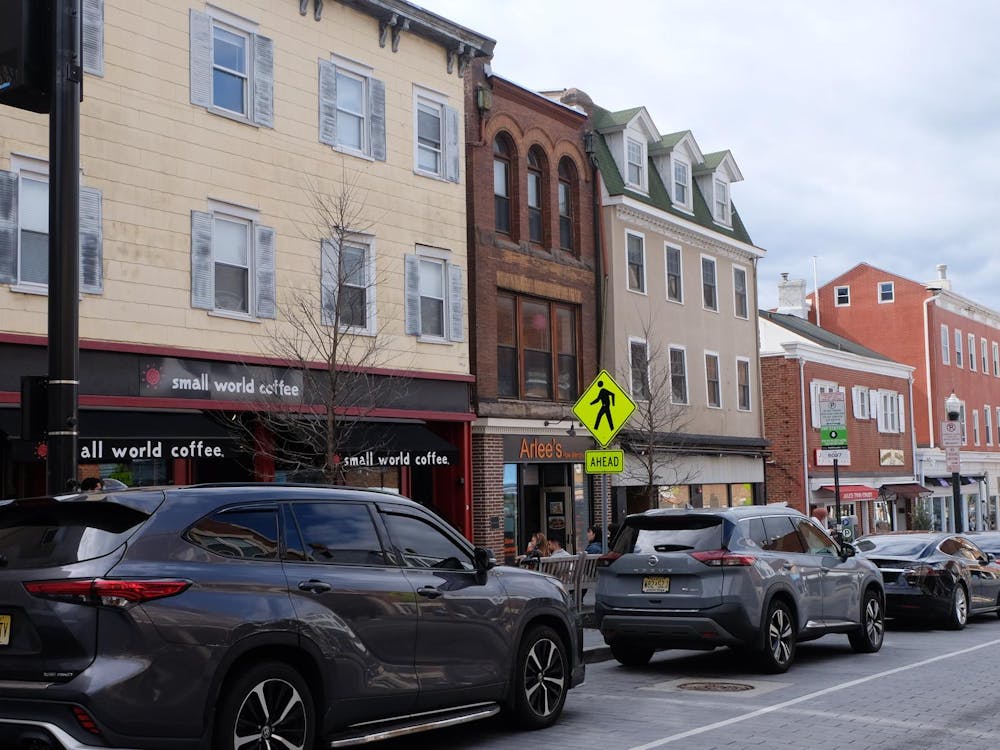A puzzling dip in hurricane frequency and severity in the 1960s to 1980s has stumped climate scientists for decades. Now, a researcher at the University believes he may hold the explanation behind this curious anomaly, which has implications for future hurricane-modeling.
As greenhouse gas emissions continue to accelerate climate change, predicting hurricanes accurately has become increasingly important to scientists and governments hoping to mitigate its worst effects. The rise in potential for devastating hurricanes is projected to affect millions along the American east coast as these storms reach further inland and increase the chance of dangerous storm surges.
Dr. Gabriel A. Vecchi, a professor in the Department of Geosciences at the University, recently published research based on a new modeling of hurricane frequency in the North Atlantic. In his research, he details an argument that the abnormal decrease in North Atlantic hurricane frequency in the late-20th century could be attributed to a phenomenon called aerosol forcing.
“We think that [this decrease in hurricane activity] is the masking effect of aerosols, tiny particles in the atmosphere that absorb and reflect sunlight and affect cloud formation; in doing so, [this aerosol-forcing] tends to cool the ocean below, dampening hurricane activity,” Vecchi said in a lecture on campus.
Vecchi explained that while clean-air regulations instituted in the 1970s have significantly decreased aerosol particle concentrations over the Atlantic Ocean, the concentration there today remains above pre-industrial levels, as aerosol particle dissipation in the atmosphere takes decades to occur. However, this concentration is expected to continually drop and eventually reach a state where it does not affect warming or hurricane events. This expectation is supported by data showing that hurricane activity is now much closer to predicted levels, based on greenhouse gas atmospheric concentrations alone.
Vecchi also discussed his research’s implications for predicting and modeling hurricanes.
“The North Atlantic is one of the most studied [tropical cyclone] basins in the world,” he said. “The hurricanes here are classified by their location, as well as their intensity.”
Vecchi explained that major hurricanes cause a disproportionate amount of damage to U.S. coastal regions. With the results of his research, he hopes to help scientists understand when and where to expect these storms to cause significant damage, allowing citizens and governments to prepare accordingly.

“We expect, at the end of the 21st century, [the frequency of] major hurricanes making land-fall to increase along the East and Gulf coasts of the United States and in the Caribbean Islands,” he said. “These major hurricanes will also exist much longer over coastal regions before they dissipate, [increasing the damage to] property and land.”
In his paper, Vecchi also explored a historical record of hurricanes in the United States since 1851, with the understanding that this record was negatively affected by the irregular and often inaccurate recording of these storm events.
“[Looking at this observed data], the total number of major hurricanes recorded in the Atlantic has shown a large increase, doubling to tripling, which is even higher than the predicted trend,” he said. “[Even so,] these are the just the recorded hurricanes over the 20th century. Our observing system has fundamentally changed over the last century.”
Vecchi went on to explain how his team worked to create a more accurate historical record of North Atlantic hurricanes by contrasting satellite-recorded hurricanes with earlier ship track data (which recorded hurricanes based on wind speed) over several time periods in the 20th and early 21st centuries. They found that prior to the satellite-era, “there tends to be an under-sampling in the eastern basin region, where many of these hurricanes happen.” This under-sampling is likely due to the fact that most ship routes during this time period did not run through the eastern part of the Atlantic Ocean, and thus would not have seen or experienced hurricanes in the area.

“Based on this [research], we should have much more confidence in the projections that show a future increase in hurricane frequency and severity,” Vecchi said.
While no distinct trend in observed hurricane frequency over the last few decades exists, Vecchi finds his research encouraging. He noted that the observed data following the decrease in aerosol pollution indicates that modern climate models are “getting it right” in their predictions of future hurricane activity.
Bailey Glenetske is an Assistant News Editor who often covers current University affairs and politics. She can be reached at bailey.glenetske@princeton.edu or on Instagram @bailey.glenetske.








